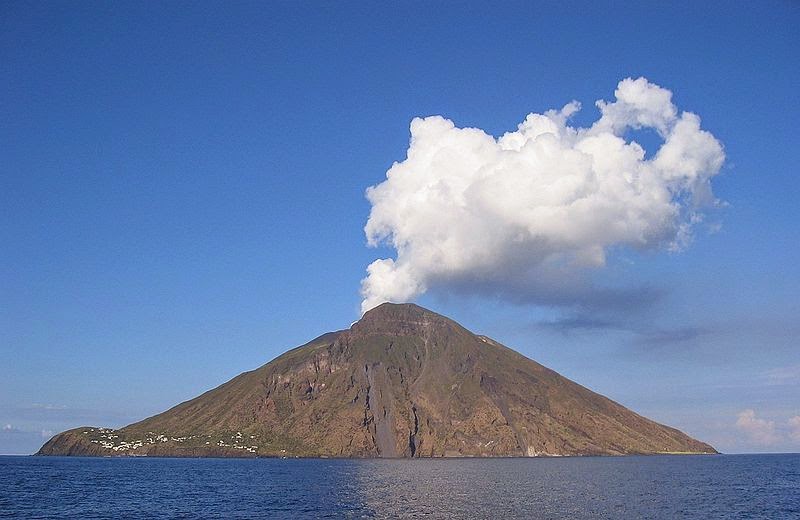
The link between volcanism and the formation of copper ore has been discovered by researchers from the University of Bristol. Their findings, published today in Nature Geoscience, could have far-reaching implications for the search for new copper deposits.
With global demand for copper high (the average UK house contains about 200kg of the metal, mostly in electric cables and transformers) and current reserves relatively limited, finding new reserves is a priority.
The researchers, led by Professor Jon Blundy of Bristol’s School of Earth Sciences, studied giant porphyry copper deposits of the variety that host 75 per cent of the world’s copper reserves.
Copper forms in association with volcanoes such as those around the Pacific Ring of Fire but the nature of this association has never been entirely clear. Copper ore is predominantly in the form of copper-iron sulphides so an enduring problem has been how to simultaneously create enrichments in both copper and sulphur. Volcanoes rich in copper tend to be poor in sulphur and vice versa.
To resolve this copper-sulphur paradox, the Bristol team, working in collaboration with BHP Billiton, the world’s largest mining company, drew on observations of modern arc volcanoes, including several in Chile, source of most of the world’s copper, to postulate a two-step process for porphyry copper formation.
They proposed that first, salt-rich fluids, or brines, separate from large magma bodies and become trapped in the crust at a depth of a few kilometres. These brines have the ability to concentrate copper from the magma from which they separate. At a later stage, sulphur-rich gases ascend from deeper in the same volcanic system. When they meet the trapped, copper-rich brines they react explosively to form sulphide ores and hydrogen chloride gas.
To demonstrate their idea, the researchers simulated the process of copper ore formation in their laboratory using high temperature and pressure apparatus. They were able to replicate many of the features of natural porphyry copper deposits in a capsule measuring just a few millimetres in length.
Lead author Professor Jon Blundy of the University of Bristol said: “This is a remarkable result with far-reaching implications for how we go about searching for new copper deposits.”
Finding the link between volcanism and ore formation means that even recently active volcanoes may be targeted as copper mines of the future. Professor Blundy and colleagues speculate that copper deposits are forming beneath many active volcanoes today, including the Soufrière Hills volcano on the tiny Caribbean island of Montserrat that has been erupting since 1995. “Despite its potential for copper deposit formation it is unlikely to be ready for mining for a few centuries yet,” said Professor Blundy.
Reference:
Generation of porphyry copper deposits by gas-brine reaction in volcanic arcs, J. Blundy, J. Mavrogenes, B. Tattitch, S. Sparks and A. Gilmer, Nature Geoscience, 2015: DOI: 10.1038/ngeo2351
Note : The above story is based on materials provided by University of Bristol.









